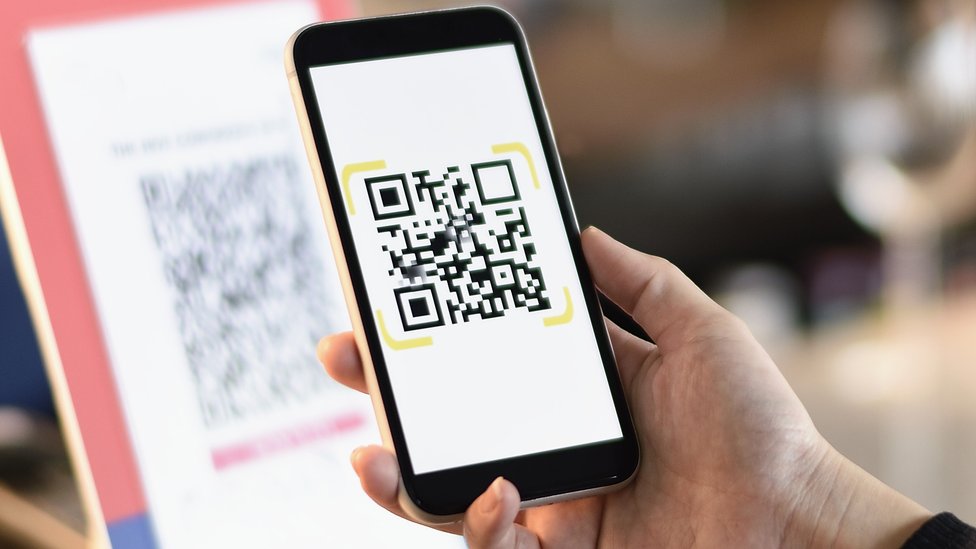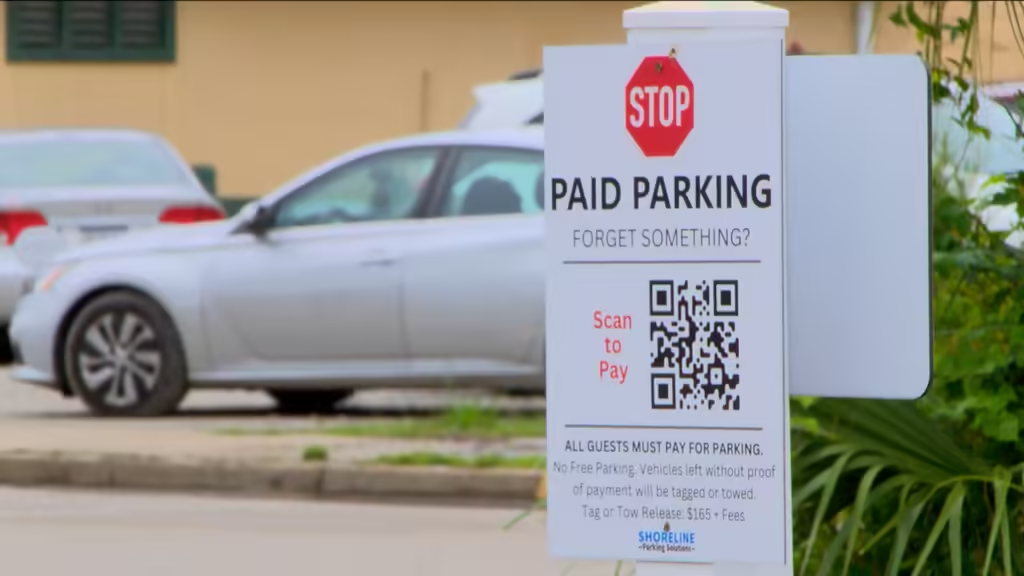
Councils warn that misleading codes may lead drivers to fraudulent websites where personal data is stolen
Due to the recent surge in fraudulent activities that take advantage of the shift towards mobile payments, motorists have been strongly advised against scanning QR codes in order to pay for their parking.
According to the Roads and Traffic Authority (RAC), motorists should be “very vigilant” and pay for their parking with cash, a card, or through legitimate apps rather than utilising a QR code that takes them to a portal website.
In the past few months, local governments all around the United Kingdom have complained that fraudulent QR codes have been affixed to their parking signs as part of a scheme that is referred to as “quishing” schemes.
When drivers enter the codes, they are directed to a bogus website. On this website, rather than paying for their parking, the driver actually provides the scammers with their payment details and identification information.

“Unfortunately, it appears that the growing popularity and ease of using QR codes have made drivers more vulnerable to malicious scammers,” said Simon Williams, who is the head of policy at the Royal Automobile Club (RAC). It is unfortunate that this indicates that a quick response code may in fact be a “quick route” to financial loss for some individuals.
The following is an excerpt from his statement: “As if this quishing scam isn’t nasty enough, it can also lead to drivers being caught out twice if they don’t realise they haven’t paid for parking and end up getting a hefty fine from the council.”
The Barking and Dagenham councils in east London, as well as the councils of Northumberland and Pembrokeshire, are among the councils that have issued warnings about fraudulent QR codes. Scams of a similar nature have also been recorded at charging stations for electric vehicles located all throughout the United Kingdom.
According to the majority of municipalities, they do not print QR codes on parking signs; rather, they refer cars to an application where they may make payments.
Drivers who use a QR code should first check to make sure that it has not been plastered over official information, which is a telltale indicator that it was put there later. This is something that the RAC has advised drivers to do. In addition to this, users should make certain that the URL that it sends them to is for the company that they anticipated and that it contains the padlock sign. If they do not have this information, they should not enter it.
Williams went on to say that “many people still prefer to pay in cash.” The majority of motorists believe that this alternative, along with payment machines, is being phased out by a number of authorities, which is unfortunate because they are both seen as undesirable.